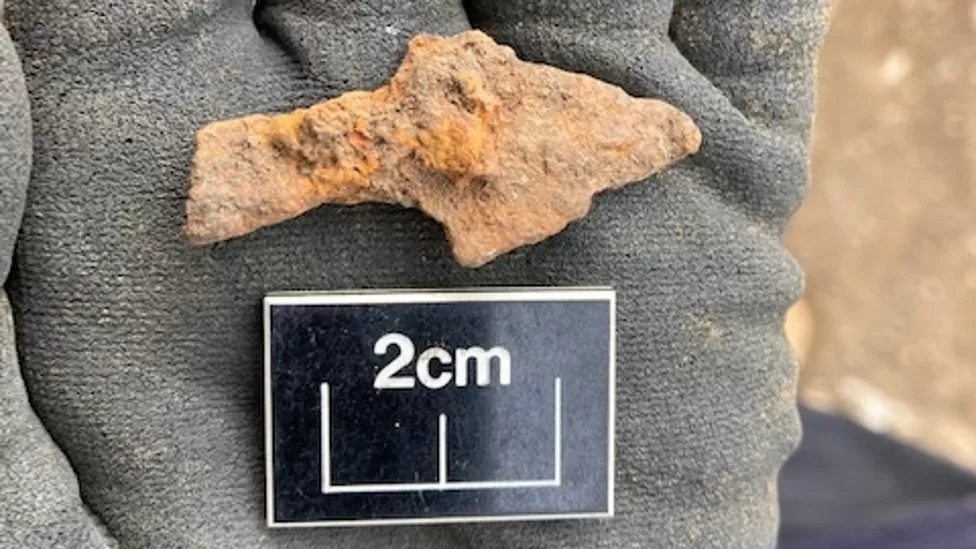During an archaeological dig, hints to a medieval agriculture connected to an abbey in North Yorkshire were discovered.
The North York Moors National Park Authority said that the quantity and caliber of the artifacts found at the site close to Rievaulx Abbey had astounded specialists. According to a spokesperson, some of the things attesting to the farm’s “high status” included jet rosary beads, earthenware, and glazed tiles. Historic England’s Keith Emerick called it “absolutely remarkable.”
The farm site, which is four miles outside of Helmsley, was previously thought to be the site of a medieval grange that was constructed soon after the Cistercian monastery at Rievaulx, which was established in 1132.
Up until Henry VIII’s dissolution of the abbey in 1539, the abbey was in charge of the location. Despite this well-known past, the North York Moors National Park Authority reports that the just concluded dig produced some unexpected archaeological discoveries.
According to the news of BBC, head of the authority’s historic environment, Miles Johnson, stated: “While it’s not surprising we found evidence of medieval agriculture, the prestige and range of the uncovered artefacts points to this being a place of high economic importance that reflected the status of the abbey. For the archaeologists to find a cellar and what we think are glazed roof tiles from a medieval farm of this period is almost unheard of.”



The community dig was led by John Buglass, founder of JB Archaeology in North Yorkshire, with close collaboration from Keith Emerick, inspector of ancient monuments at Historic England. 16 volunteers in total contributed the equivalent of 129 days over the course of six weeks to the dig.
“This is one of those unexpected digs that shows just how much we can still learn from sites we thought we understood. Through the hard work of volunteer archaeologists from inside and outside the National Park, we have managed to add some significant understanding to our knowledge of the monastic granges of Rievaulx.” said Mr. Buglass.
Mr Emerick added: “This is a truly remarkable discovery. Although we know where many monastic farm sites are located, relatively little is known about them. The excavation of such impressive remains and their associated finds adds a huge amount to our understanding of the medieval world.”
